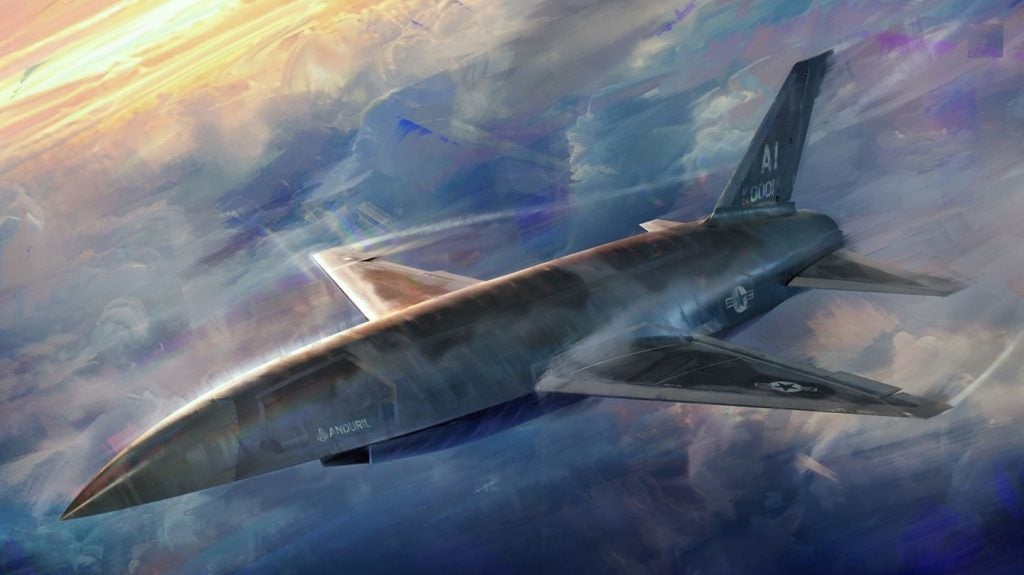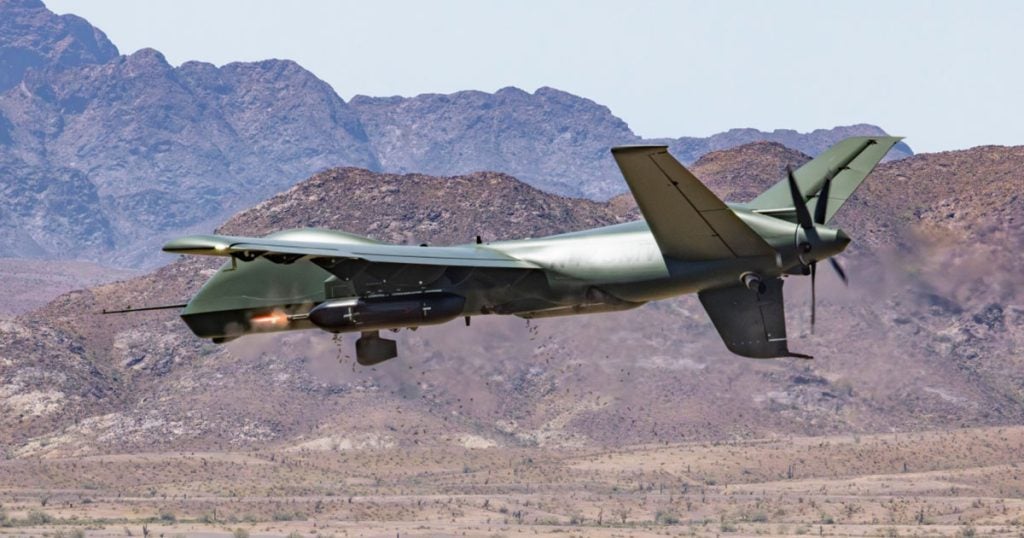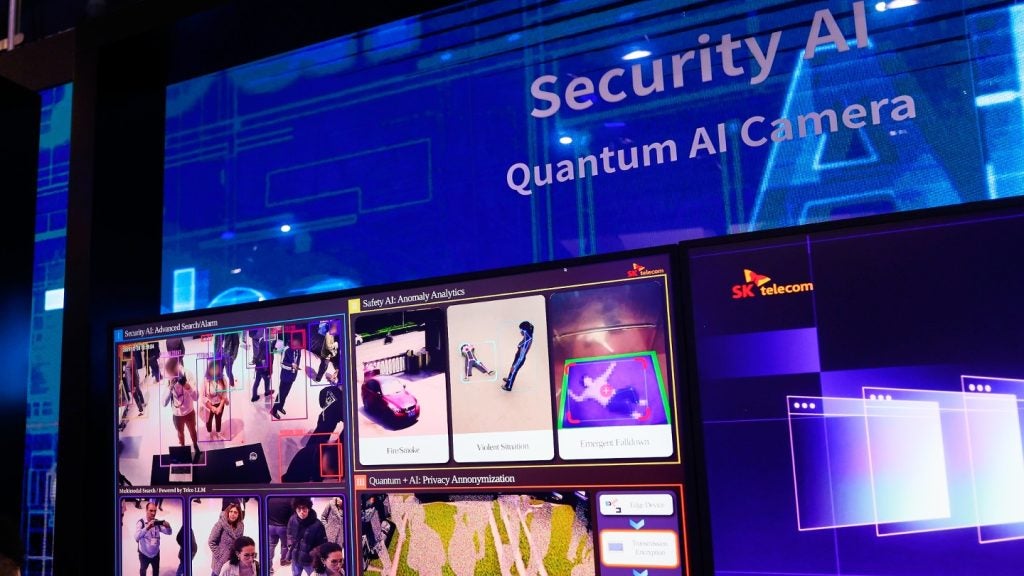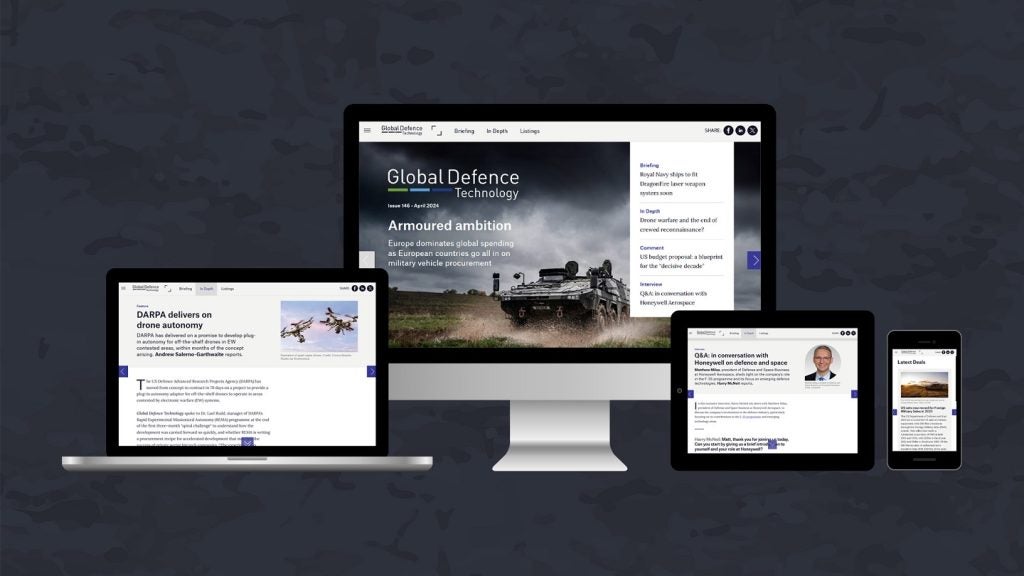The US Air Force (USAF) is planning to conduct a flight demonstration of the commercially hosted infrared payload (CHIRP) follow-on technology in 2016, Space and Missile Systems Center spokesman Hien Vu has revealed.
In an email to SpaceNews, Vu said the service is currently pursuing wide field-of-view options to include another flight demonstration in 2016 to inform future architecture decisions.
”The Air Force is in the early design phase for multiple payload designs,” Vu said.
A request for information (RFI) was issued by USAF for a prototype wide-field-of-view staring sensor payload that will be hosted on a yet-to-be-selected commercial communications satellite, while a formal request for proposals (RFP) is anticipated in March 2014, according to the news agency.
The air force had decommissioned the CHIRP sensor in December last year, following 27 months of successful operation in orbit, due to increasing budgetary constraints.
The Leidos-built sensor was launched in September 2011, as a hosted payload on an SES-2 telecommunications satellite built by Orbital Sciences, and had collected more than 300 terabytes of overhead persistent infrared (OPIR) data, allowing for analysis of more than 70 missile- and rocket-launch events, and 150 other infrared (IR) events.
Originally designed for a one-year mission life, the payload successfully completed its initial demonstration period in July 2012, but the contract was extended three times to include additional demonstrations of the sensor’s wide field-of-view staring capabilities.
Vu said the decision to decommission the sensor generated $36m in savings for the air force.
The CHIRP sensor is based on a 2,000 x 2,000 pixel staring array, and also features a fixed telescope that can view one quarter of the Earth from geosynchronous orbit.








